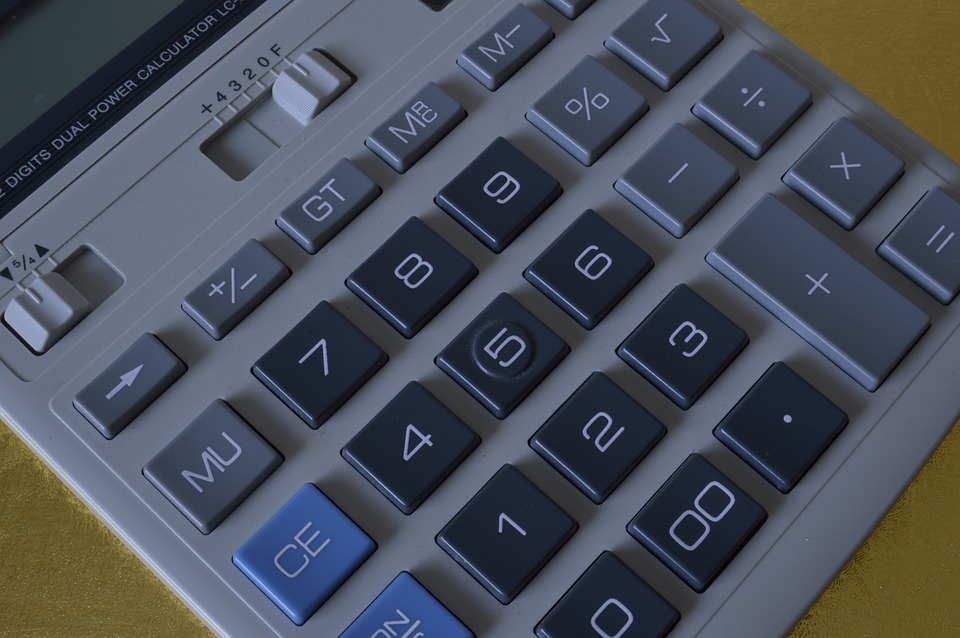In the world of numbers, many types of numbers are possible. Real numbers, whole numbers, rational numbers, irrational numbers, etc. More often, when a number line is drawn, we see only the whole numbers drawn on the number line because if we try to depict the decimals on the number line, we face an interesting challenge.
While there are infinite whole numbers between any two whole numbers, the total number of whole numbers in between are finite. But in the case of decimal numbers between any two whole numbers or any two decimal numbers, there lie infinite many decimal numbers, and thus, if we are to show decimal numbers on a number line even for the tiniest scope, it would not be possible to show all the decimal numbers in that range. Now one may think that if it is tricky to show decimal numbers in the number line, it would be even trickier to do mathematical operations like multiplying decimals or dividing, adding, and subtracting decimals, but we will see how performing mathematical operations on decimal numbers closely resemble the operations on whole numbers.
Multiplication of decimals is the same as multiplication of whole numbers, but, in addition, we need to know where the decimal would be positioned in the product of the two numbers. So for the given two decimal numbers, multiply the two numbers as if there is no decimal in them and then count the total number of digits which are after the decimal in both the numbers,add them, and then put the decimal in the result before the same number of digits. For example, let us take two numbers, 1.50 and 4.11
Multiplication of 1.50 and 4.11
=> first multiply 15 and 411
=15 *411
= 6165
Now count the digits after decimal in 1.50
Remember there is a value of zero in the number 1.50, and thus the number of digits after the decimal point is one.
Now count the number of digits after decimal in number 4.11. The number of digits after the decimal is 2.
Add the two numbers, 1 + 2 = 3.
So, in the product of the two numbers, there should be three digits after the decimal.
So if we put three digits after decimal in 6165, we get 6.165 as the final answer.
Let us consider one more example –
Multiplication of number 0.5 and 3
The algorithm remains the same as above. First, consider there is no decimal in the numbers and multiply them as usual.
So, 5 * 3 = 15
Number of digits post decimal in 0.5 = 1 and number of digits post decimal in number 3 = 0. Summing them together,gives 0+1 = 1.
So the number of digits after decimal in the product should be 1; hence the answer to the multiplication of 0.5 and 3 is 1.5
Thus note that even when we multiply the decimal with the whole number, the algorithm remains the same.
Multiplication of decimals resembles whole numbers in not just the mechanism it is calculated, but also the properties of multiplication remain the same for decimals as in the case for whole numbers.
So, multiplication of decimals is commutative; that is, the order in which they are multiplied does not matter. So if a and b are two decimal numbers, then a * b = b * a
The associative property, we can group and multiply the decimal numbers in any combination. So if a, b and c are the three decimal numbers, then a * (b * c) = (a * b) * c
Identity property, the multiplication of decimal numbers with number 1 is the decimal number itself. So, if a is the decimal number, a * 1 = a
Zero property, if we multiply any decimal number with zero, the result is zero. Thus if a is a decimal number, then a * 0 = 0.
If one wants to practice more decimal problems, they should solve decimal worksheets easily available online these days. One such platform to download math worksheets is Cuemath, where the students can find a variety of decimal worksheets to practice.
